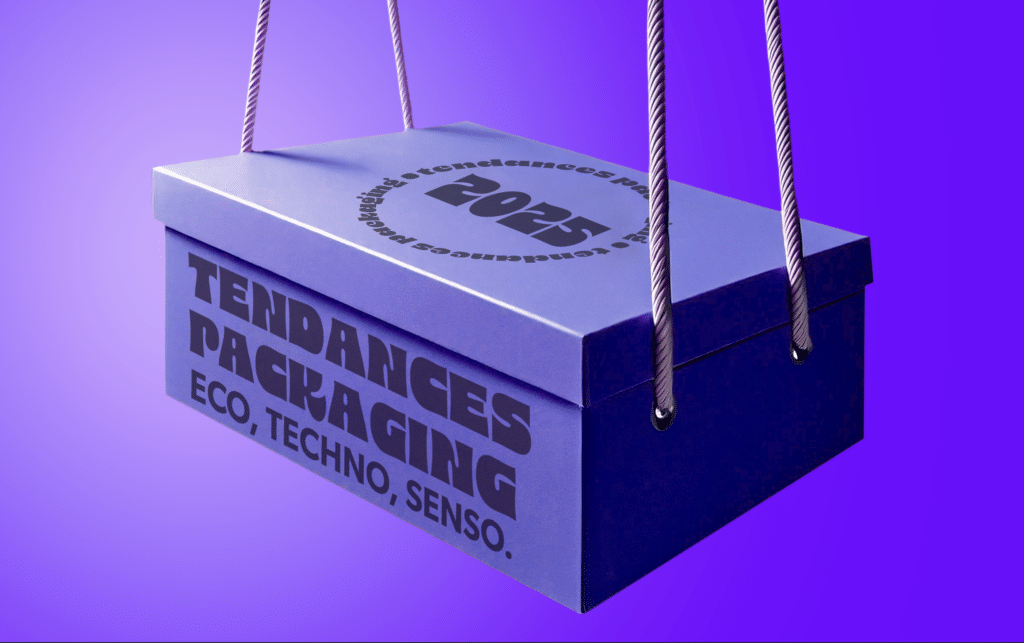Eco, Techno, Senso… What’s all about ?
In a saturated, constantly evolving world, packaging is no longer just an aesthetic or protective cover.
It’s a powerful tool for telling the brand story, captivating attention and engaging consumers.
In fact, it is often the first – and sometimes the only – physical contact between a brand and its audiences, making it a crucial element in purchasing decisions.
With Logic Design, discover 3 trends shaping the future of packaging.
1 – Freedom, Equality, Sustainability
Sustainable packaging
Okay, so sustainable packaging isn’t exactly the news of 2025!
But more than just a trend, it’s now a requirement. The climate emergency is becoming more pressing, consumer expectations are evolving further, and advances in R&D are opening up new possibilities for reinventing packaging that is more respectful of the planet.
LESS IS MORE

Photo credit : 900.care / Blueland
Because the most sustainable packaging is the one that doesn’t exist (!), brands like Myro, 900.care and Blueland use the refill system to minimize the amount of plastic used. Less packaging, more meaning.
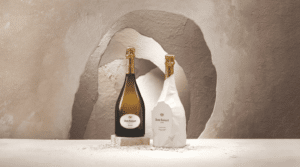 Photo credit : Ruinart
Photo credit : Ruinart
Say goodbye to boxes, hello to “Second Skin”! Ruinart has revolutionized luxury packaging with its eco-designed case made from 100% recyclable cellulose fibers, combining sustainable innovation, minimalist aesthetics and preservation of the taste experience.
THE BATTLE AGAINST PLASTIC POLLUTION
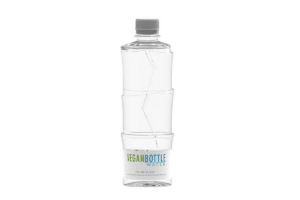
Photo credit : Lyspackaging
The Vegan Bottle, designed by French start-up Lyspackaging, is a biodegradable and compostable bottle, 100% made from sugarcane bagasse.
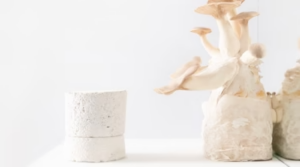
Photo credit : Ecovative
Companies like Ecovative are developing packaging made from mushroom mycelium, a 100% biodegradable and compostable material. At the end of their life, these packaging materials decompose naturally, enriching the soil without leaving any waste behind.
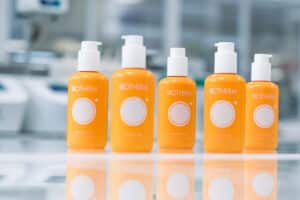
Photo credit : © bnpix Benoit Vallet
L’Oréal has co-founded a consortium with Carbios, a French company specializing in the development of innovative biotechnological solutions for the recycling of plastics and textiles, to industrialize the plastic biorecycling technology developed by Carbios. This collaboration has resulted in the creation of the world’s first cosmetic bottle made from 100% biorecycled plastic using Carbios‘ enzymatic process, a bottle used for a pilot edition of Biotherm’s Waterlover Sun Milk product.
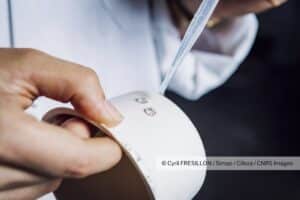
Photo credit : © Cyril Fresillon/ Simap / Cilkoa / Cnrs image
Start-up Cilkoa has developed an innovative technology for producing water-resistant, moisture- and oxygen-tight paper and cardboard packaging, offering the same performance as plastic packaging, while being recyclable and compostable.

Photo credit : Adidas & Procter&Gamble
More and more brands are incorporating recycled plastic from the oceans into their packaging to combat marine pollution. For example, Adidas has used this material to design shoes through its partnership with Parley for the Oceans. In the cosmetics sector, Head & Shoulders has launched a bottle made from plastic collected on beaches.
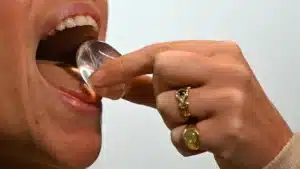
Photo credit : Notpla
If you were told you could eat this packaging, would you? Well, it’s already a reality: the Notpla start-up is developing fully biodegradable and… edible seaweed-based packaging!
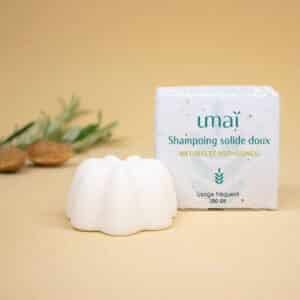
Photo credit : Umaï
And for poetic souls, seeded paper is sure to delight, adopted by the likes of cosmetics brand Umaï. If you plant it, it will bloom. A touch of lasting magic!
TOWARDS A CIRCULAR ECONOMY

Photo credit : Nestlé & Le Fourgon
“It was better before. Sometimes it’s true! The return of the deposit system is proving to be a key solution, supported by the initiative of a number of consumer goods heavyweights such as Coca-Cola (glass bottles), Chicorée Leroux (glass jars) and Kit Kat and Lion (stainless steel packaging for KITKAT Ball and LION Pops products).
2 – When tech gets involved
Interactive packaging
Scanning means exploring, playing and personalizing!
Thanks to augmented reality, artificial intelligence and connectivity, packaging comes to life and becomes a gateway to virtual worlds and immersive experiences.
STORYTELLING AND EDUCATION
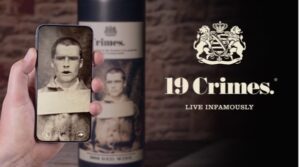
Photo credit : 19Crimes
The QR code on 19 Crimes wine bottles provides access to an interactive experience where the labels come to life, telling the fascinating stories of the historical criminals who inspired the brand.
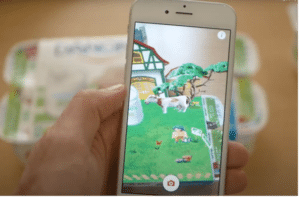
Photo credit : DanoneBio
For the launch of its Danone BIO yogurt, Danone teamed up with Playmobil to create an augmented reality experience. By scanning the packaging, consumers could interact with 3D Playmobil characters to learn about the yogurt production process and the life of a dairy farmer.
ENTERTAIN
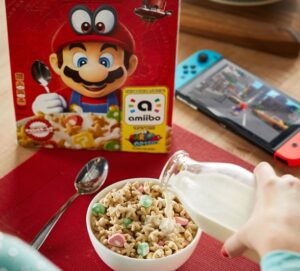
Photo credit : Kellogs & Nintendo
Kellogg’s, in collaboration with Nintendo, integrated NFC tags into cereal boxes featuring Mario Kart. By approaching a Nintendo Switch controller to the packaging, fans could unlock exclusive content, such as gold coins or hearts, extending the gaming experience beyond the screen.
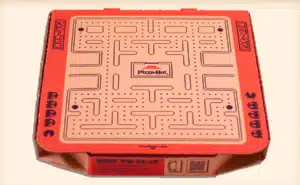
Photo credit : PizzaHut
Pizza Hut offered pizza boxes equipped with QR Codes which, when scanned, allowed customers to access augmented reality games, to keep them entertained during their meal.
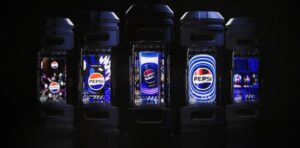
Photo credit : Mediamarketing.ma
PepsiCo’s Smart Cans are can-shaped connected devices equipped with wrap-around LED screens, motion sensors and advanced sound technologies. Presented at the Cannes Lions International Festival of Creativity in June 2024, these cans don’t (yet) contain a drink, but serve as interactive media to deliver personalized digital content, including brand advertising and immersive experiences linked to sports, gaming and music. Do you think these Smart Cans will replace classic cans in the future…? All bets are off!
3 – Awakening the senses
Sensorial packaging
Whether it’s the sight of an intriguing design, a touch that invites playfulness or a smell that sounds like a foretaste of the moment of tasting, packaging is becoming more than ever a vector of emotions and interactions, appealing to the senses to create a unique link between product and consumer.
TRICK OF THE EYE
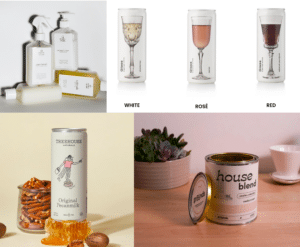 Photo credit : Threehousenaturals / Thepotionstudio.com / Agence Puigdemont Roca / Groundcoffee
Photo credit : Threehousenaturals / Thepotionstudio.com / Agence Puigdemont Roca / Groundcoffee
Borrowing assets from other industries to stand out from the crowd? The result is plant milk sold in cans (Treehouse Naturals), hair care products bottled like cleaning products (The Potion Studio), coffee in paint cans (Grounds) or wine in cans…
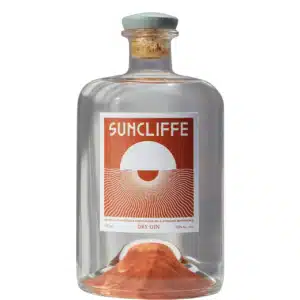
Photo credit : Suncliffe
This gin bottle has a raised copper base that reflects the Arizona-based brand’s native desert landscape.
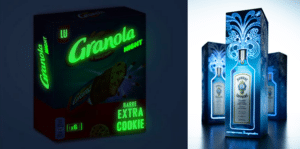
Photo credit : Mondelez & BombaySapphire
What if packaging could also be seen at night? Phosphorescent packaging makes it possible, as with the Granola Night offer launched as part of a campaign targeting young people who get up at night to snack.
PLAYFUL TOUCH
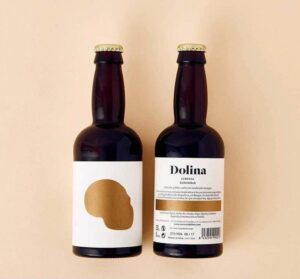
Photo credit : Dolina
Dolina, a Spanish craft beer brand, invites consumers to scratch the opaque graphics on the front and back of the bottle to reveal a detailed illustration of a skull (this beer was named after the Grande Dolina, an archaeological site located in the Antepuerca mountains of Spain), as well as additional product information. It’s up to you to make your “discovery“!
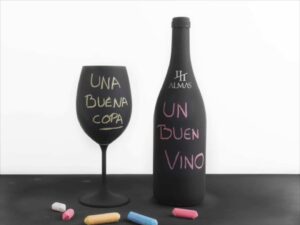
Photo credit : Grantipo
The label for Spanish wine Cuatro Almas Pizarra features chalkboard-like material, which can be personalized using the chalk sticks supplied with the bottle. Drink or draw, you don’t have to choose 😉
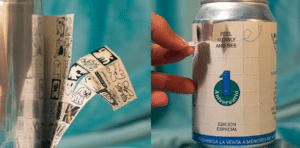
Photo credit : Malafama
The beer can from Uruguayan brand Malafama has a perforated label with the necessary product information on the front, and can be easily peeled off to reveal cartoons on the back.
SCENT FIRST
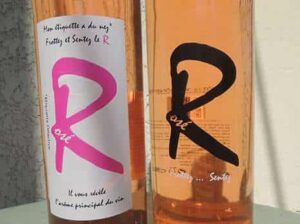
Photo credit : Carl Coignard
The wine label of Carl Coignard, a winemaker in the Rhône Alpes region, rubs to release amylic aromas of red fruit, banana, candy… echoing the aromas present in the wine.
SINGING & DRINKING
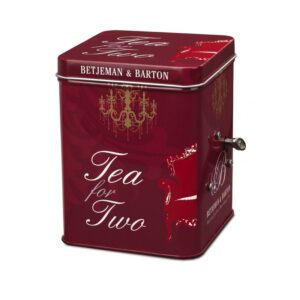
Photo credit : Betjeman & Barton
A musical tea box: the Betjeman & Barton brand has designed a caddy that plays a tune from the American love song “Tea for Two” when it is opened.

